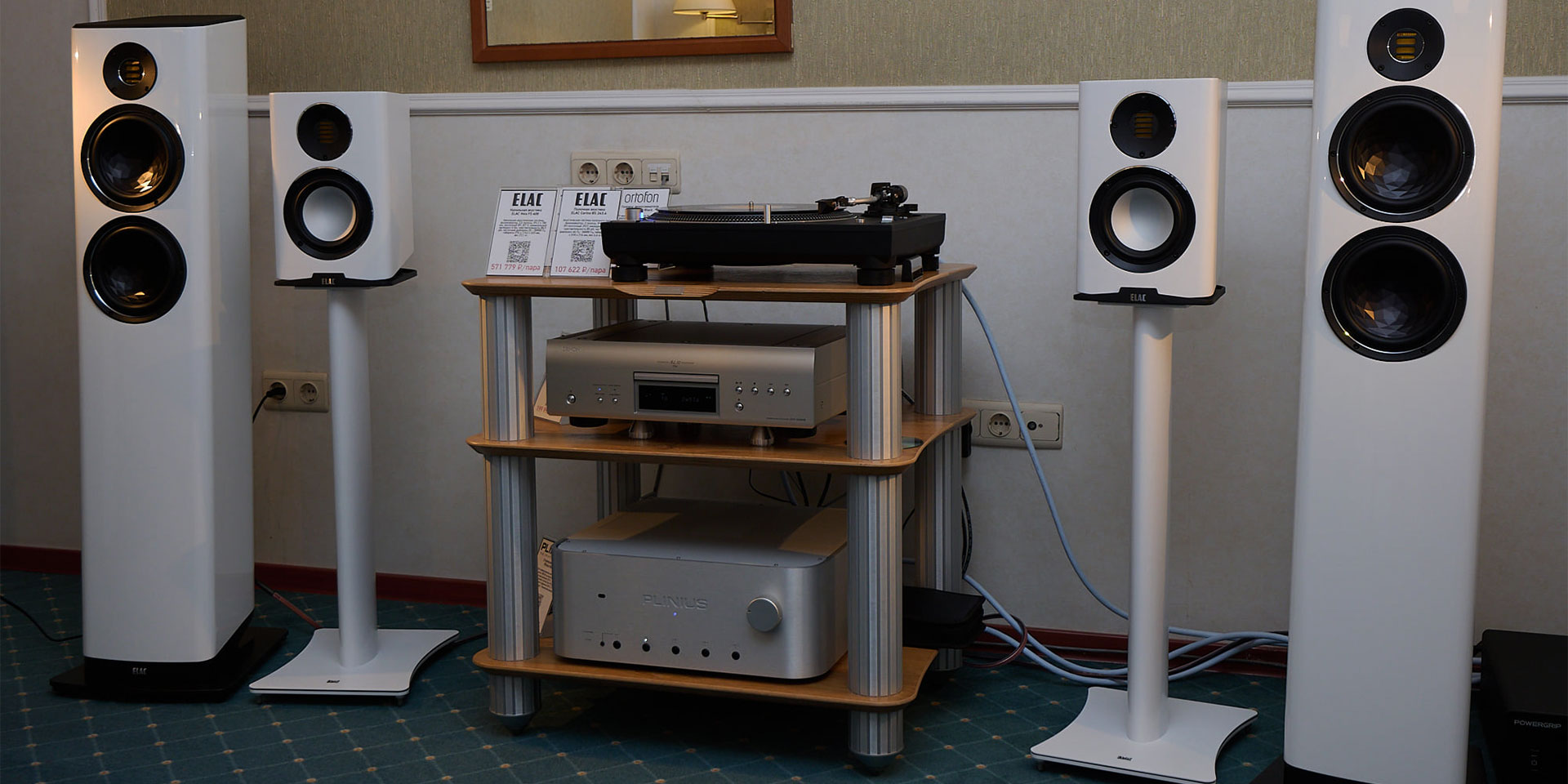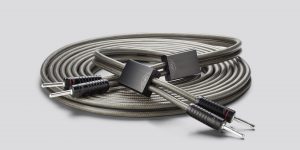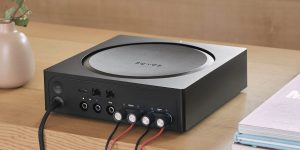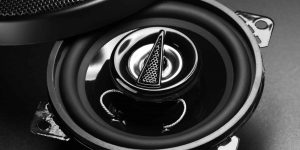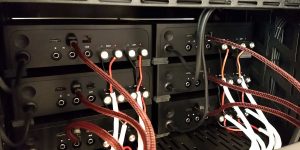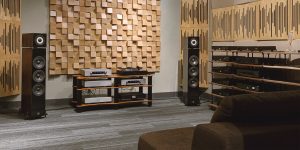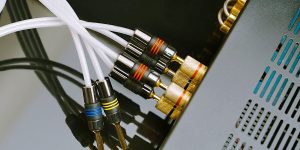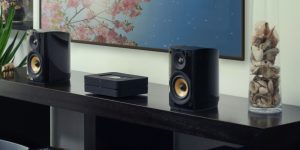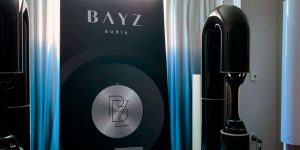Achieving the optimal match between speakers and AV receivers is the key to a high-fidelity listening experience. The successful matching of all the components will define the overall sound quality, ensure optimal performance, and safeguard the longevity of your audio system.
Today, my goal is to navigate you through the equipment specifications as well as choosing an amplifier for speakers. Understanding the fundamental characteristics, such as power ratings, impedance, sensitivity, and connection options, will explain to you how to achieve optimal compatibility so that your audio setup has its full potential.
Understanding speaker specifications

By understanding the meanings of the characteristics, you can select the right speakers for a particular audio setup. First, you should know there are common drivers, including woofers, tweeters, and midrange. The next important specification is speaker impedance – the electrical resistance presented by a speaker to the amplifier’s output signal. It represents the opposition to the flow of alternating current through the speaker’s voice coil.
When the impedance is properly matched, the required amount of power from the amplifier is transmitted to the speaker, resulting in optimal sound quality. Let me remind you that receivers are designed to work with a specific range of speaker impedances. Mismatching is particularly using a lower-impedance speaker with an amplifier not rated for such loads. That’s why a proper matching amplifier to speakers helps maintain a consistent frequency response.
Speakers with a 4-ohm impedance are often used in high-performance audio systems. They draw more current from the amplifier and can provide increased power and efficiency. 6-ohm speakers are commonly found in both high-end and mid-range audio systems. They strike a balance between power efficiency and compatibility with various amplifiers. The majority of consumer-grade speakers have an 8-ohm impedance. This level is widely compatible with a broad range of equipment, making them a popular choice for home audio setups.
Another thing I’d like to mention is the sensitivity of a speaker, which refers to how efficiently it converts electrical power into sound. It represents the loudness of the speaker output for a given amount of power. Higher sensitivity values indicate greater efficiency, meaning the speaker produces more sound with less power. Speakers with higher sensitivity require less power from the amplifier to produce a given volume level. This can be advantageous, especially for users who want to achieve loud volumes without investing in high-powered devices. They can also reproduce quiet and loud passages with clarity, providing a broader dynamic range.
It’s important to have a power control in amplifiers to manage and regulate the output power delivered to the speakers. This ensures that the amplifier can drive the speakers effectively without underpowering or overpowering them. If you overpower speakers it can lead to distortion, overheating, and even damage. Thanks to power control, you can avoid exceeding the speakers’ recommended power handling capabilities. It guarantees that the receiver operates within an optimal range, reducing unnecessary power consumption and heat generation.
Amplifier specifications
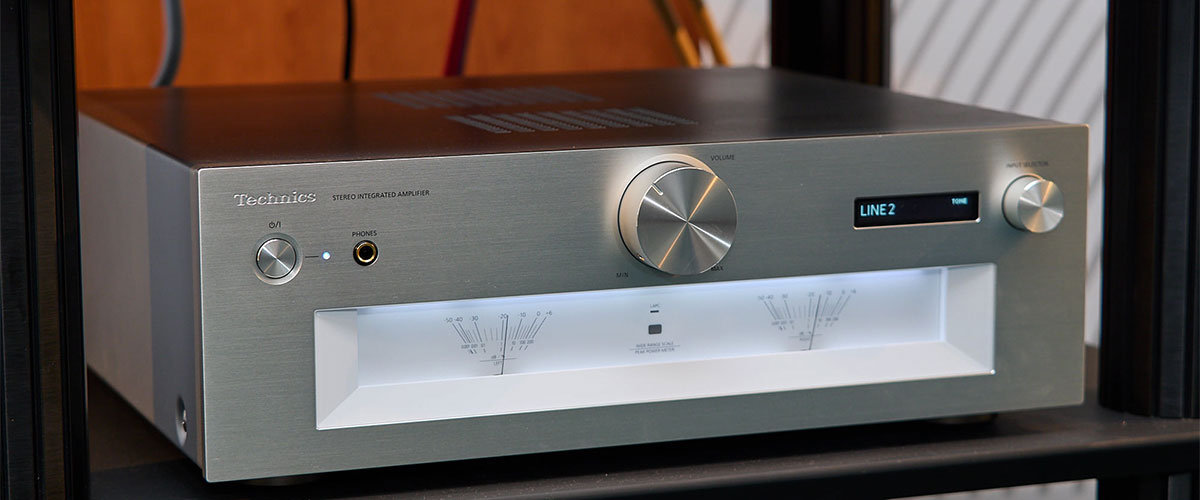
In terms of amplifier power rating, you have to distinguish between two key specifications. RMS power (continuous). This is the sustained power output an amplifier can deliver continuously. The second is peak power, representing the maximum power that can be delivered in short bursts. For sustained, continuous operation, it’s important to match the RMS power rating of the amplifier with the RMS power handling capacity of the speakers. So you have a stable and efficient power delivery without risking damage to the equipment.
Another specification I always talk about is Total Harmonic Distortion (THD). It is a measurement that quantifies the extent to which an amplifier introduces harmonic distortions to a signal. THD indicates how much the signal has been altered from its original form. Lower THD values indicate that the equipment introduces fewer additional frequencies to the original signal. In other words, a lower THD suggests optimal signal purity, offering cleaner and more faithful audio reproduction.
Ensuring compatibility
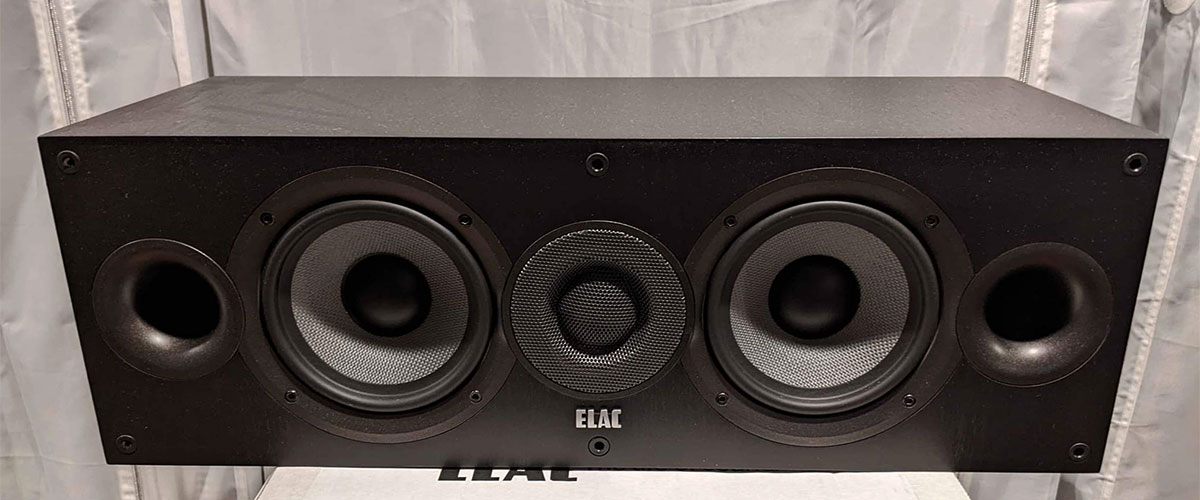
For proper speaker pairings, I advise you to determine the power handling capacity of your speakers. This information is provided by the manufacturer and is specified as the RMS (continuous) power rating. The same info is required for the amplifier. Ideally, the RMS power rating of the receiver should be within the recommended range provided by the speaker manufacturer. It’s common to match speakers to amp power output closely to the power handling capacity for optimal performance. The recommended amplifier power for speakers is 1.5-2 times the continuous power rating of your speaker.
Calculate the total impedance load if you are connecting multiple speakers to a single unit. The total impedance in parallel (for multiple speakers) is calculated differently than in series. Check if the amplifier can handle the total load, and consider wiring configurations like series or parallel to achieve the desired impedance. I always use high-quality, impedance-matching cables and connectors when connecting both devices. This is what contributes to greater signal transfer and minimizes the risk of impedance-related issues. Note that wiring speakers in series increases the total impedance while wiring in parallel decreases it.
In order to get the desired volume level you want in your listening environment, calculate the required power by considering the speaker sensitivity and the desired sound pressure level (SPL). The formula is required power (Watts) = 10^(SPL – Sensitivity) / 10. SPL is the desired sound pressure level in dB, and sensitivity is the speaker sensitivity in dB. Compare the calculated required power with the power output of your receiver. This is how you make sure that the equipment can provide the necessary power to achieve the desired volume level without distortion.
Connectivity and wiring

The option you choose to connect and wire speakers with the amplifier depends on the specific configuration and features supported by both components. It also depends on the size of the room, the total number of components in your system, and where exactly it is located.
Regarding bi-wiring and bi-amping, the first option involves using separate speaker cables for the speaker’s low-frequency and high-frequency drivers. Bi-amping uses separate amplifier channels for the low-frequency and high-frequency components of a speaker. This requires a speaker with bi-ampable terminals and two sets of speaker cables.
I already mentioned the next wiring variants earlier. Series wiring involves connecting multiple speakers in a daisy-chain design, while parallel wiring connects multiple speakers in parallel to the amplifier.
Before making any connections, check if both AVR and speakers are powered off. Consider the polarity of the speaker wires and terminals. Choose speaker cables with an appropriate gauge for the length of the cable run and the power requirements of the speakers. I recommend thicker gauge cables for longer distances and higher-powered systems. Don’t forget to trim excess wire length to prevent stray wires from touching other components or creating a short circuit. This helps maintain a tidy and safe setup. By the way, pay attention to color coding for speaker wires; it can simplify the setup. As long as you keep wires organized, you minimize the risk of tripping hazards and enhance the overall aesthetics of the setup. I also periodically check the connections for signs of wear or corrosion and clean connections if necessary.

